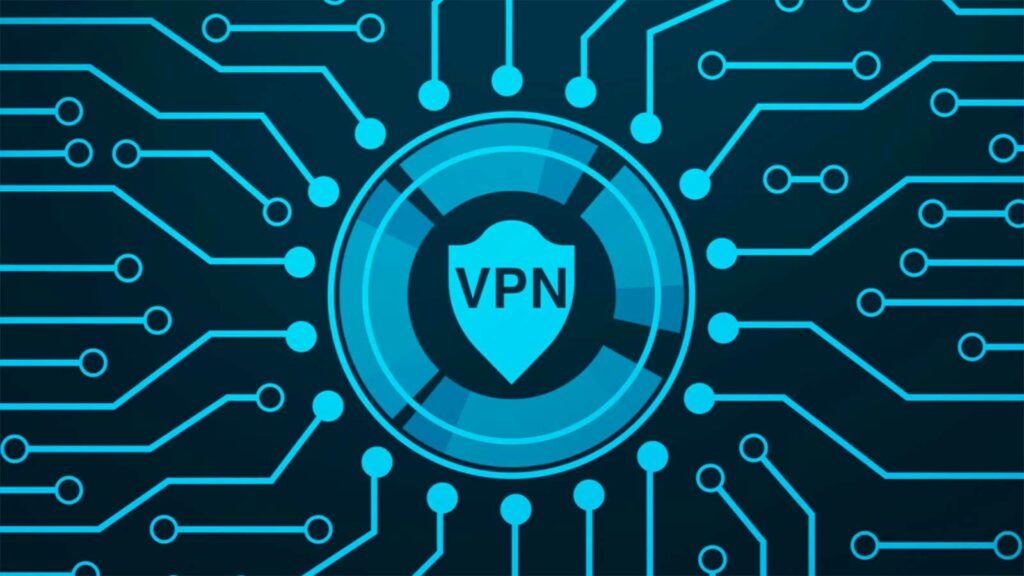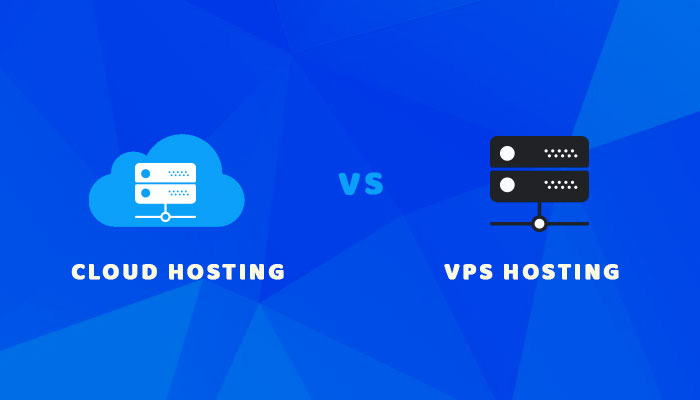The work landscape has undergone a remarkable transformation in recent years, with remote work emerging as a prominent and rapidly growing trend.
The statistics speak for themselves: between 2005 and 2019, remote work in the United States experienced a staggering growth rate of 159%.
In 2020, nearly half of the U.S. workforce, around 42%, embraced the concept of remote work as they transitioned to full-time remote arrangements.
Furthermore, a compelling survey revealed that 98% of remote workers wanted to continue working remotely. At least part-time, for the remainder of their careers.
These figures illustrate the seismic shift occurring in the traditional work paradigm as individuals increasingly seek the benefits and flexibility of remote work arrangements. In this context, ensuring secure connectivity for distributed teams becomes paramount, and Virtual Private Networks (VPNs) play a vital role in safeguarding remote connectivity.
Importance of Secure Connectivity for Distributed Teams:
Secure connectivity is of paramount importance for distributed teams due to the following reasons:
- Data Protection: Distributed teams often handle sensitive and confidential information. Secure connectivity ensures that data remains encrypted and protected from unauthorized access, reducing the risk of data breaches and leaks.
- Privacy and Confidentiality: Remote work involves accessing company resources and communicating over public networks. Secure connectivity safeguards the privacy and confidentiality of communications, preventing eavesdropping and unauthorized monitoring.
- Access to Company Resources: Distributed teams rely on accessing company networks, servers, and applications remotely. Through methods like Virtual Private Networks (VPNs), secure connectivity establishes a secure tunnel, allowing remote employees to access resources securely and minimizing the risk of unauthorized access.
Role of VPNs in Ensuring Secure Remote Connectivity:
VPNs play a crucial role in ensuring secure remote connectivity for distributed teams by:
- Encryption: VPNs encrypt data transmitted between remote devices and the company’s network, making it unreadable to potential attackers. This encryption ensures the confidentiality and integrity of sensitive information.
- Secure Remote Access: VPNs provide a secure and encrypted connection, enabling remote employees to connect to their organization’s network and access resources securely from any location. This ensures that data transmission is protected from interception and unauthorized access.
- Masking IP Addresses: VPNs hide the IP addresses of remote devices, making it difficult for cybercriminals to track or target them. This enhances the security and privacy of remote team members while working from different locations.
- Protection against Cyber Threats: VPNs can protect remote workers from various cyber threats, such as malicious websites, phishing attempts, and malware attacks. Enrolling internet traffic through a VPN server filters potential threats out before reaching the remote devices.
VPNs are a critical tool for distributed teams, ensuring secure connectivity, data protection, and privacy in remote work environments.
Enhancing the Security of Your Hybrid and Remote Workforce
When safeguarding your organization’s data and brand, more than relying on a VPN is required. It should be just one layer in a comprehensive cybersecurity strategy. This is particularly crucial because VPNs can establish direct connections to your internal resources, potentially bypassing other physical security measures typically in place for office-based work.
In addition to utilizing VPNs, organizations should consider implementing the following security and privacy controls:
- Activating Endpoint and Application Firewalls: Deploy firewalls to block any abnormal or malicious network traffic, strengthening the defense against cyber threats.
- Disabling Network Sharing Settings: Disable network sharing settings on systems that do not require remote access, reducing the potential attack surface and limiting unauthorized access.
- Regular Patching and Updates: Keep device software updated and install the latest antivirus signatures to address any vulnerabilities and protect against emerging threats.
- Implementing Device Encryption and Screen Locks: Enforce device encryption and screen locks to prevent unauthorized access to endpoints, adding an extra layer of protection for sensitive data.
- Adopting Multi-Factor Authentication (MFA): Enable MFA for login credentials, requiring users to provide additional verification methods (such as codes sent to their mobile devices) to enhance account security and prevent unauthorized access.
By incorporating these security and privacy controls alongside VPN usage, organizations can fortify the protection of their hybrid and remote workforce, ensuring data security and minimizing the risk of cyber incidents.
Factors Driving the Rise of Remote Work:
A. Technological Advancements:
- High-speed internet availability and communication tool advancements have facilitated seamless remote work.
- Cloud-based collaboration platforms and project management tools have revolutionized remote teamwork.
B. Changing Work Culture and Attitudes:
- Shifting preferences for work-life balance and flexible work arrangements have fueled the rise of remote work.
- Generational preferences prioritize flexibility and remote work options, particularly among Millennials and Gen Z.
C. Global Events and the COVID-19 Pandemic:
- The COVID-19 pandemic acted as a catalyst, accelerating the global adoption of remote work.
- Companies were compelled to implement remote work policies swiftly to ensure business continuity and employee safety.
An expert opinion on VPN and remote work
The rise of remote work has undeniably reshaped the employment landscape, ushering in a new era of flexibility, connectivity, and work-life balance.
Technological advancements, such as high-speed internet and cloud-based collaboration tools, have paved the way for seamless remote collaboration and communication. Moreover, evolving work cultures and changing attitudes, influenced by a desire for enhanced work-life integration and the preferences of the millennial and Gen Z workforce, have propelled remote work into the mainstream.
Final Words
The global events of the past year, most notably the COVID-19 pandemic, have acted as a transformative force, catapulting remote work into the spotlight. Companies across the globe swiftly embraced remote work to ensure business continuity while prioritizing the safety and well-being of their employees. What was once considered an alternative work arrangement has become an essential and viable option for organizations of all sizes and industries.
As we navigate the ever-evolving work landscape, it is crucial to acknowledge the multifaceted benefits and challenges of remote work.
While remote work empowers individuals to achieve a better work-life balance, it also poses unique obstacles that require continuous adaptation and effective management.
Utilizing Virtual Private Networks (VPNs) and implementing robust cybersecurity measures are vital to protecting sensitive data and mitigating potential risks.






